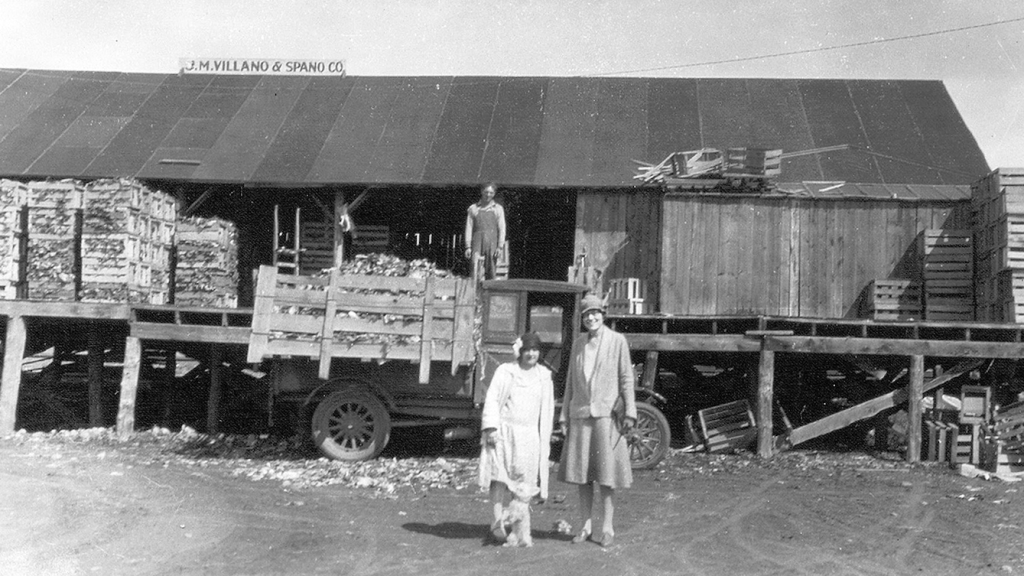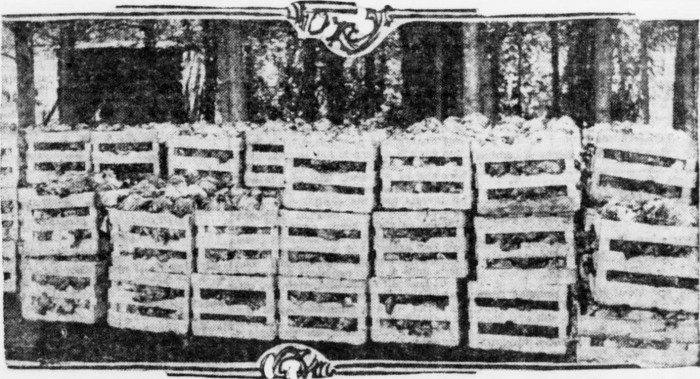Grand history: How Middle Park became the booming lettuce capital of Colorado
When some of the first settlers arrived in Granby, they realized the sunny days and cool nights were perfect for growing lettuce. The humble lettuce thrived in the mountainous landscape.
Lettuce farming boomed in the 1920s and Granby found itself with a new market. Agriculture was limited by the climate and altitude of Grand County, but lettuce and hay became major cash crops for the region during the early 20th century.

There are even rumors that a lettuce patch in Granby was where the name iceberg lettuce came from. However, newspaper clippings from as far back as 1895 used the term iceberg lettuce, predating Granby’s lettuce industry. Some speculate that the term iceberg lettuce came as a result of the fact that lettuce shipments out of California were covered in ice as they traveled long distances across the United States.
The Moffat Railroad gave local lettuce producers access to big cities like Salt Lake City. Granby was said to produce high-quality lettuce, and there are anecdotes that New York’s Waldorf-Astoria Hotel bragged of “Granby Lettuce” on the menu, according to the Grand County Historical Association.

A small article in The Middle Park Times published on Nov. 18, 1921, stated that lettuce should be the most profitable crop in Grand County.
A man called Mr. Henderson grew lettuce in Grand County apparently before anyone else had the idea. An article in Grand County History Stories writes that “people were quite sure he was crazy,” but that, “his lettuce was as sweet as any ever tasted.” He called his farm, The Happy Lettuce Farm.
Northwest Colorado was considered the lettuce capital of the United States in the early 1900s, and was known as the Great Divide Head Lettuce Colony. Lettuce was a major part of the local economy. An article in The Great Divide, a Denver newspaper, published on May 25, 1927, wrote that Granby had a good economic outlook and potential for lettuce farms.
The article reports the Granby Head Lettuce & Ice Company constructed ice houses to facilitate summer shipments of lettuce and put 4,000 tons of ice in the new facilities in 1927. It also states that James Moon of Granby made $9,000 from his 16-acre lettuce crop in 1925.

However, lettuce production in Grand County began to decline in the 1940s due to competition from other areas of the country where lettuce could be grown at a lower cost. Others sources say a blight settled into the soil, potentially brought in by the wooden crates used for shipping, which ruined the enterprise.

Since then, ranching has largely replaced Granby’s agriculture industry.

Support Local Journalism

Support Local Journalism
The Sky-Hi News strives to deliver powerful stories that spark emotion and focus on the place we live.
Over the past year, contributions from readers like you helped to fund some of our most important reporting, including coverage of the East Troublesome Fire.
If you value local journalism, consider making a contribution to our newsroom in support of the work we do.









